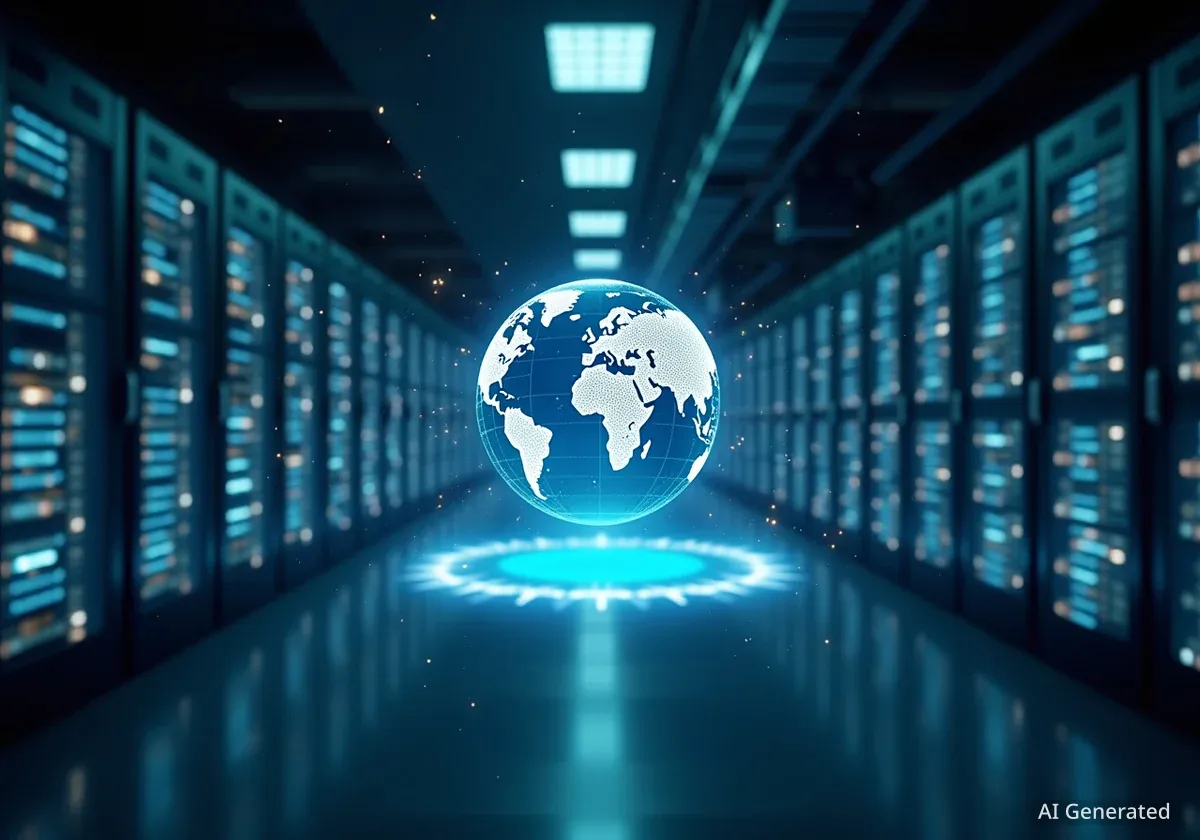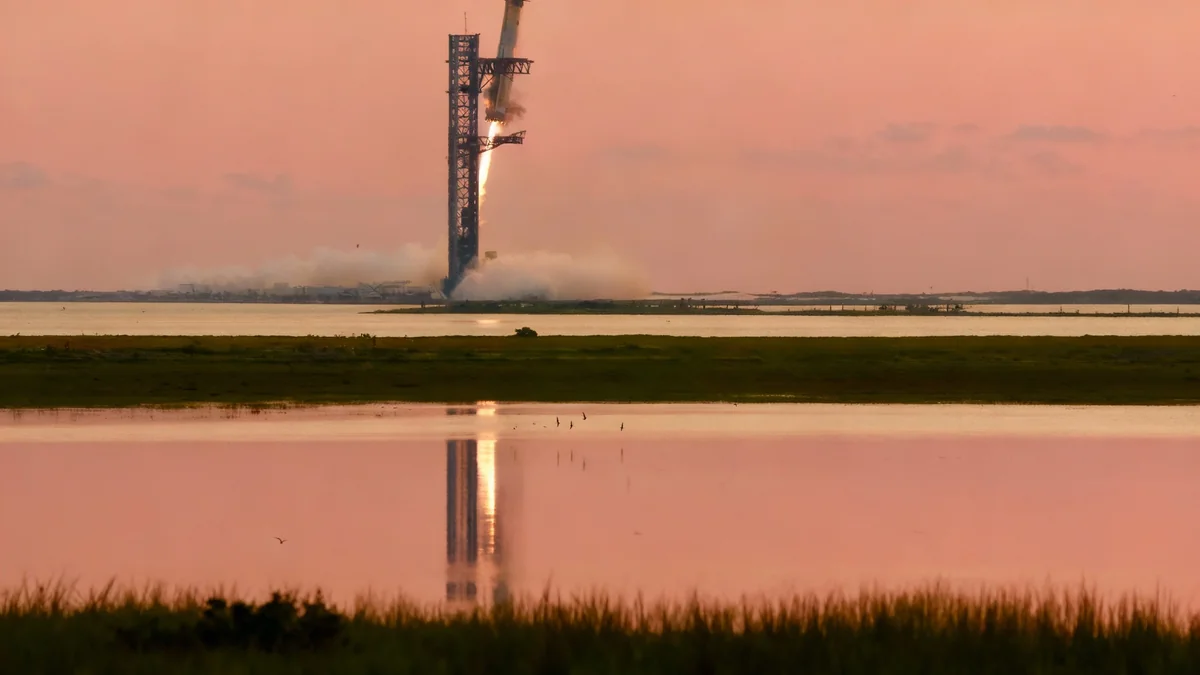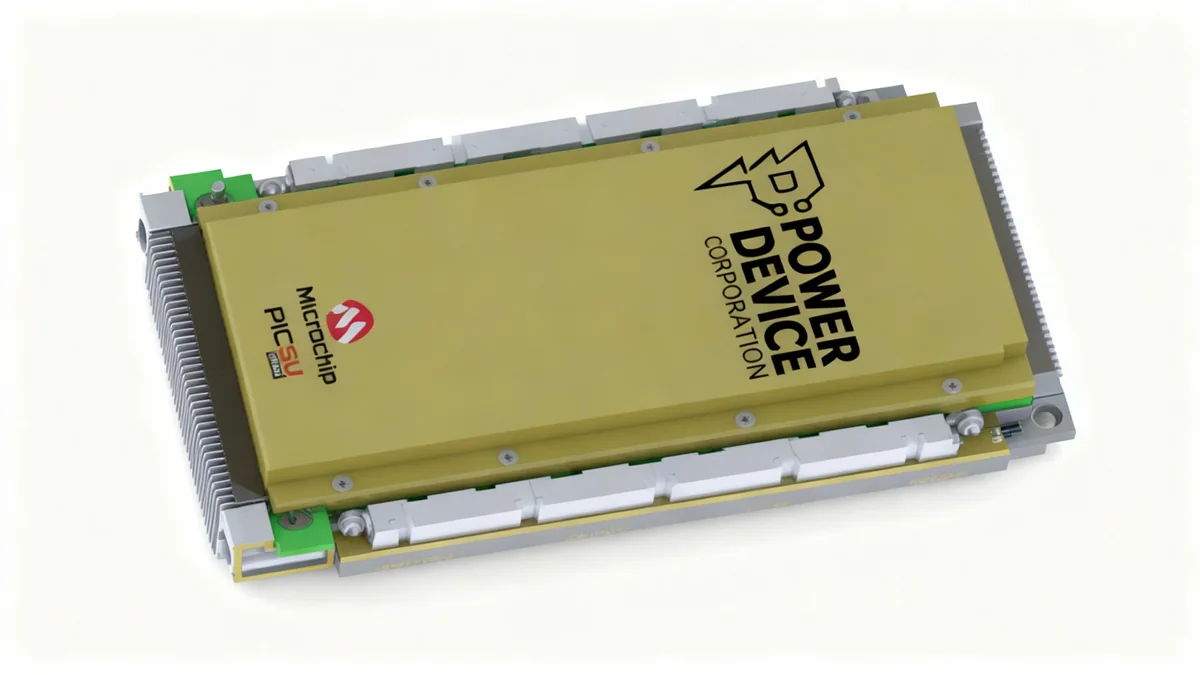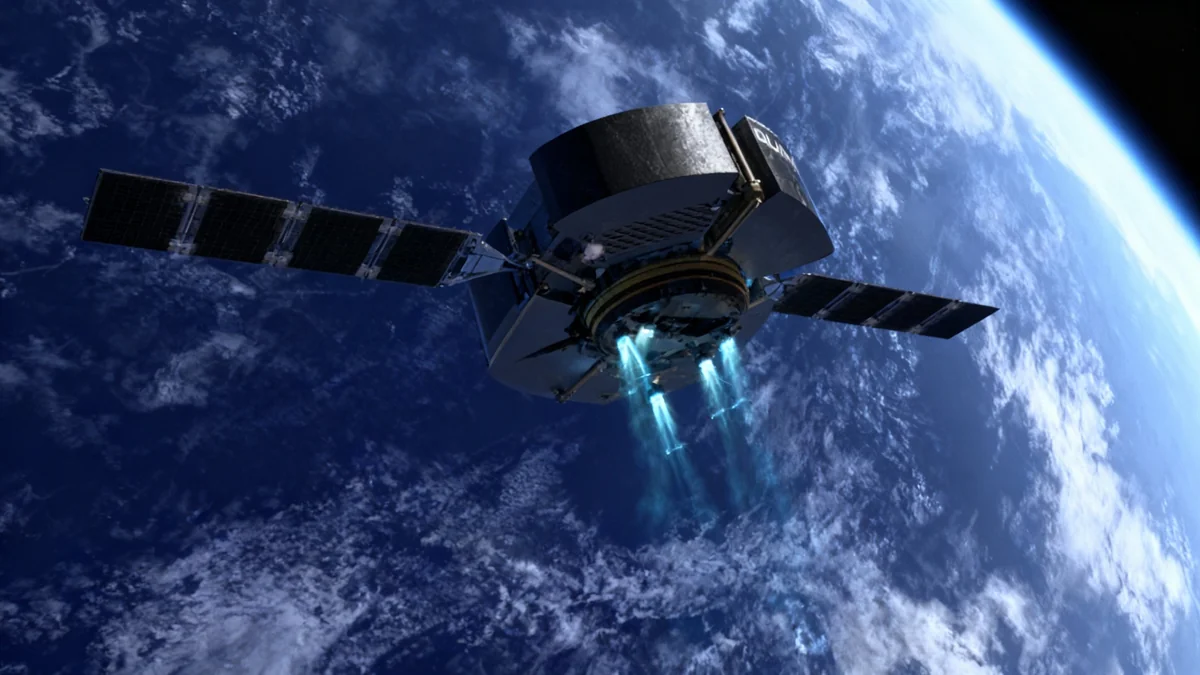Artificial intelligence is transforming space exploration and data analysis, providing new tools for humanitarian aid, disaster management, and environmental monitoring. The United Nations is actively working to harness these benefits while establishing clear guidelines to manage the significant risks associated with the technology.
Through its Office for Outer Space Affairs (UNOOSA), the UN is promoting the responsible use of AI to process vast amounts of satellite data that would otherwise remain unused. This effort aims to improve emergency response times and support sustainable development globally.
Key Takeaways
- Artificial intelligence is crucial for processing massive, underutilized datasets from space satellites.
- The UN is using AI for disaster relief, pollution tracking, and predicting food crises.
- Key challenges include data bias, the risk of misinformation, and ensuring equitable access to technology.
- UNOOSA is developing international governance frameworks to ensure AI in space is used safely and ethically.
- Technologies like 'digital twins' allow governments to simulate disaster scenarios and test response plans.
Transforming Space Data into Actionable Insights
Satellites orbiting Earth collect terabytes of data every day, but a significant portion of this information is never used. It is often archived or lacks the necessary resolution for immediate application. Artificial intelligence provides a powerful solution to this problem.
AI algorithms can sift through enormous datasets at incredible speeds, identifying patterns and extracting valuable information. According to the UN, this capability enhances situational awareness and significantly shortens response times during emergencies. For instance, AI can filter out cloudy or unusable satellite images, prioritize useful data, and help coordinate life-saving actions on the ground.
“There are terabytes of data that are coming down from space. Much of it is unused, archived, or not as high-resolution as required. But you can enhance it with AI,” stated Aarti Holla-Maini, Director of UNOOSA.
This technology is already being applied in various fields. AI helps monitor human activities, track environmental changes, and forecast natural disasters, strengthening preparedness for governments and aid organizations worldwide.
The Role of Geospatial AI
A specialized form of AI, known as Geospatial Artificial Intelligence (GeoAI), is at the forefront of these efforts. GeoAI combines satellite imagery and other spatial data with machine learning to create practical tools for real-world problems.
UNOOSA applies this technology through its UN-SPIDER programme, which stands for the United Nations Platform for Space-based Information for Disaster Management and Emergency Response. This initiative helps countries convert raw satellite data into essential services.
Hamid Mehmood, Head of the UN-SPIDER Beijing Office, explained the program's impact. “Through UN-SPIDER, we help countries turn Earth Observation and AI into services like flood and drought mapping, rapid damage assessment, and crop health monitoring, paired with training and toolkits,” he said.
What is a Digital Twin?
A digital twin is a highly detailed 3D virtual model of a real-world environment. Created using AI to process satellite images and other data, these models allow governments to run simulations. For example, they can test how a city's infrastructure would hold up against a storm surge or a major flood, allowing them to refine emergency response plans before a disaster occurs.
Addressing the Risks of AI in Space
While the potential benefits of AI in space are immense, the technology also introduces significant ethical and governance challenges. Without clear rules and international standards, the deployment of AI could create new risks.
UNOOSA and other international bodies have identified several key areas of concern that require immediate attention to ensure the technology is developed and used responsibly.
Fairness and Data Integrity
One of the primary challenges is ensuring fairness and inclusivity. AI models learn from the data they are trained on. If this data predominantly comes from one region, the AI may misinterpret conditions in other parts of the world, leading to flawed conclusions. This disparity is worsened by unequal access to high-quality data, powerful computers, and trained personnel, which could leave developing nations behind.
Data integrity is another major concern. The ability of AI to alter or create realistic imagery raises the risk of misinformation. Holla-Maini warned of the severe consequences if satellite data provided to first responders were manipulated.
“We cannot risk that images provided to first responders have been tampered with or manipulated. The consequences can be dire. So we are trying to champion responsible AI in space,” she emphasized.
Operational and Environmental Risks
The increasing autonomy of AI in space operations presents further challenges. “Opaque autonomy and weak human oversight can lead to unsafe actions during operations,” noted Mehmood. This is particularly critical for tasks like satellite control, collision avoidance, and managing space debris.
Furthermore, the environmental footprint of AI cannot be ignored. Training and running large AI models require substantial energy. As the use of AI in space grows, its sustainability throughout its entire life cycle must be a central focus for developers and policymakers.
AI for a Sustainable Orbit
Beyond analyzing Earth, AI is becoming vital for maintaining the space environment itself. Onboard AI can help extend the lifespan of satellites by predicting component failures and triggering a 'safe mode' to prevent break-ups that create space debris. On the ground, AI can optimize satellite trajectories to reduce fuel consumption and minimize collision risks. It is also considered essential for future debris removal missions, where it can help prioritize targets and guide capture mechanisms.
Building a Framework for Global Governance
To ensure AI in space benefits all of humanity, the United Nations is taking a leading role in facilitating global discussions on governance. The goal is to establish international norms that promote safety, transparency, and accountability.
UN Secretary-General António Guterres has stressed the need for cooperation. In 2025, he stated, “The trajectory of Artificial Intelligence will depend on our readiness to listen, to adapt, and to cooperate – across borders and disciplines.”
UNOOSA is working to translate these high-level discussions into practical policies. The office, in conjunction with the UN Committee on the Peaceful Uses of Outer Space (COPUOS), helps connect real-world space applications to the broader debate on AI governance.
Promoting Equitable Access and Education
A key part of UNOOSA's strategy is ensuring that the benefits of space technology are accessible to all countries, not just those with advanced space programs. The Access to Space for All initiative provides training and resources to help nations build their capacity in space science and technology.
Through webinars and workshops, the program teaches participants how AI can be combined with space technology to address local and national challenges. This focus on education and capacity-building is essential for creating a more inclusive and equitable future for AI in space.
Looking ahead, the consensus is that strong international cooperation is necessary. Mehmood concluded, “We need a code of practice for AI in space that ensures explainability, human control, safety checks, and post-incident learning.” By prioritizing human control and equitable access, the international community hopes to steer AI toward becoming a shared tool for global resilience and cooperation.





